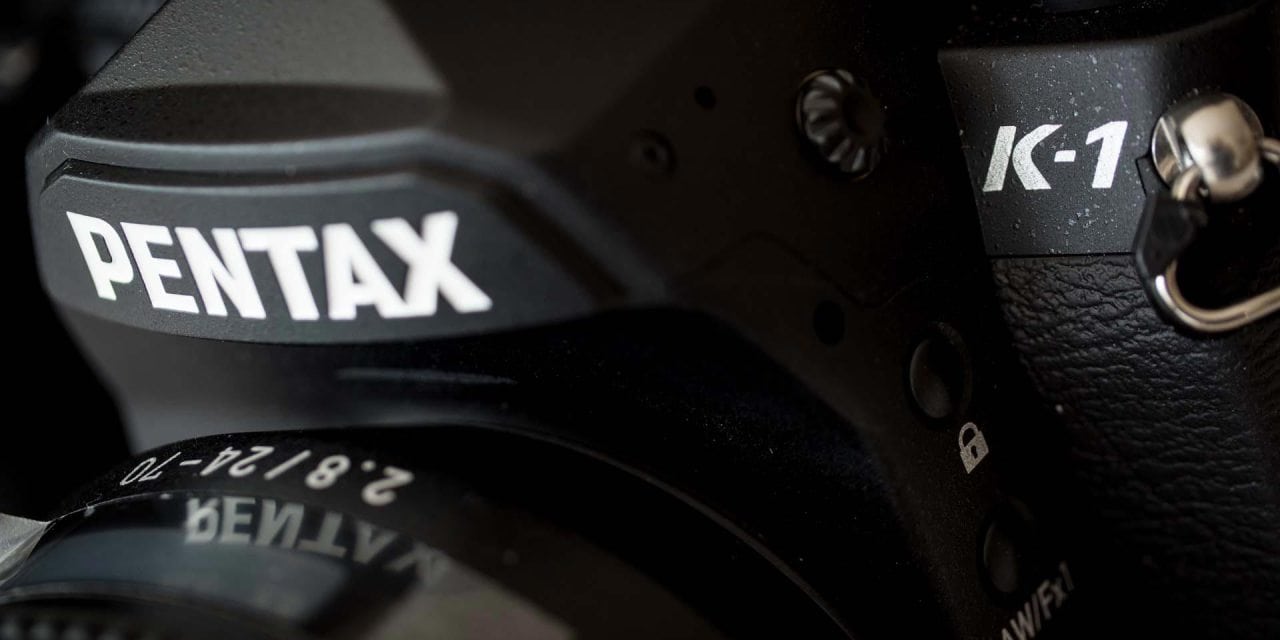[ad_1]
For years, the name Pentax was synonymous with rugged, dependable camera technology. Their strong suits, like weather-sealed bodies and innovative in-body stabilization features, made them a favorite among photographers who sought both quality and a bit of an underdog edge. However, as digital photography and camera technology have advanced, Pentax seems to have been left behind.
Technological Stagnation
Lack of Mirrorless Options
It’s no secret that mirrorless technology has revolutionised photography. Offering lighter and more compact bodies, faster shutter speeds, and more robust video capabilities, mirrorless is the present and future of photography. Canon, Nikon, and Sony have all embraced this with open arms, offering a range of mirrorless options for both amateur and professional photographers. Pentax’s reluctance to step into the mirrorless market feels less like brand identity and more like a refusal to adapt.
Outdated Autofocus
Autofocus technology is a critical factor for modern photography and is where we’ve seen the most innovation within mirrorless camera technology. Whether capturing a split-second moment in sports or nailing focus on a subject’s eyes in portrait photography, autofocus can make or break a photo. Companies like Sony and Canon have significantly advanced in this area with eye-tracking and animal detection features. Pentax, however, has not kept pace. The result is an autofocus system that often struggles in conditions where competitors excel.
Sensor Technology
The advancements in sensor technology are among the most compelling improvements in modern cameras. From greater dynamic range to superior low-light performance, the sensor is the heart of any camera. Unfortunately, Pentax’s sensor offerings have not seen any groundbreaking developments in recent years. Brands like Sony are pushing the envelope with stacked sensor technologies, leaving Pentax trailing in the dust.
Video Capabilities
Today’s photographers often wear many hats, and videography is an increasingly important skill. Many wedding photographers, for instance, as asked for both video and stills. For the jobbing photographer, video is becoming an important deliverable. Pentax’s video capabilities, however, have not received the attention they deserve. Limited to basic frame rates and resolutions, and with questionable autofocus during video, Pentax is not suitable for serious video work. In contrast, even entry-level mirrorless cameras from other brands offer 4K video and advanced stabilisation.
Limited Lens and Accessory Options
First and Third-Party Lens Availability
As the adage goes, “You don’t just invest in a camera; you invest in a system.” The lens ecosystem for Pentax is far from thriving. Major third-party manufacturers are hesitant to release Pentax-compatible lenses, which restricts the creative potential for Pentax users. When your lens choices are limited, so are your photographic possibilities.
Accessory Ecosystem
Beyond lenses, the array of available accessories like battery grips, external flashes, and other add-ons is equally important. Here, too, Pentax falls short. The lack of diversity in accessories means you’re often limited to what the brand itself provides, which can’t compare to the plethora of options available for Canon, Nikon, or Sony cameras.
Software and Usability
Infrequent Updates
Firmware updates are an often overlooked, yet crucial aspect of modern photography. They can drastically improve a camera’s performance and extend its lifespan. Pentax’s infrequent firmware updates suggest a lack of commitment to enhancing user experience and keeping their products competitive.
User Experience
Modern cameras are essentially computers with lenses, and the user interface is the operating system. While brands like Fujifilm and Sony are consistently refining their menus and controls for better user experience, navigating a Pentax menu feels archaic, and the lack of touchscreen functionality in many models exacerbates this issue.
Market Presence and Customer Support
Community and Support
Having a community where photographers can share advice, offer troubleshooting tips, and provide feedback is invaluable. Brands like Canon and Sony have massive online communities, as well as regular educational events. Pentax’s community, on the other hand, is dwindling, and the company’s online resources and customer support lag far behind all of its competitors.
Trade-in and Upgrade Programs
Canon, Sony and even Nikon offer trade-in programs that make upgrading easier and less costly. Pentax lacks a similar program, which further discourages brand loyalty. An upgrade path is not just a sales strategy; it’s a sign of a company committed to its user base.
The Counterpoints
Of course, there are still reasons some might choose Pentax. The cameras are often more budget-friendly, and some features like weather sealing are genuinely top-notch. However, these pros are increasingly overshadowed by the long list of cons described above.
Nostalgia and brand loyalty are powerful factors but should not blind us to tangible shortcomings in a rapidly evolving industry.
Photography is more dynamic and competitive than ever. To stay relevant, brands must innovate and adapt to the needs and expectations of photographers. Regrettably, Pentax has failed to do so on multiple fronts, making it difficult for me to recommend the brand in good conscience.
As photographers, our gear is an extension of our creative vision. In a field that’s continuously evolving, we can’t afford to be held back by our tools.
[ad_2]
